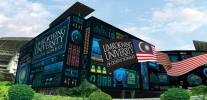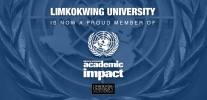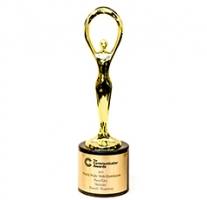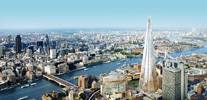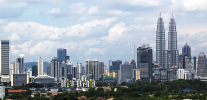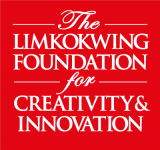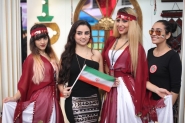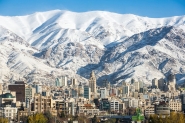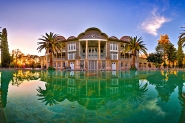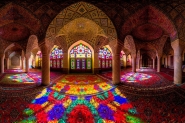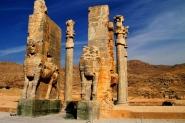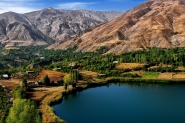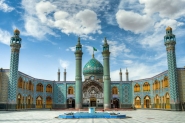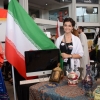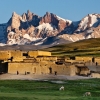
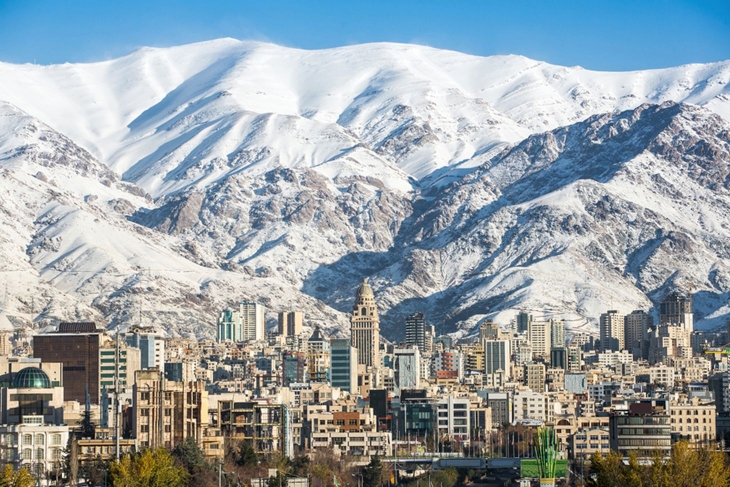 Photo Credit: Alexander Mazurkevich
Photo Credit: Alexander Mazurkevich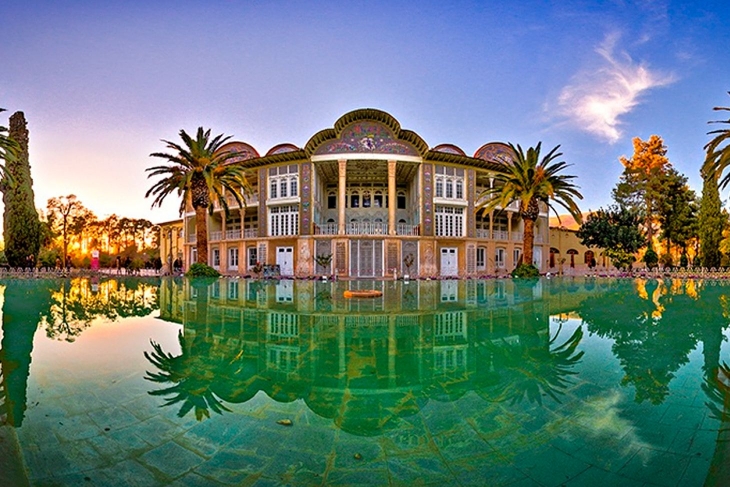 Photo Credit: irantravelingcenter.com
Photo Credit: irantravelingcenter.com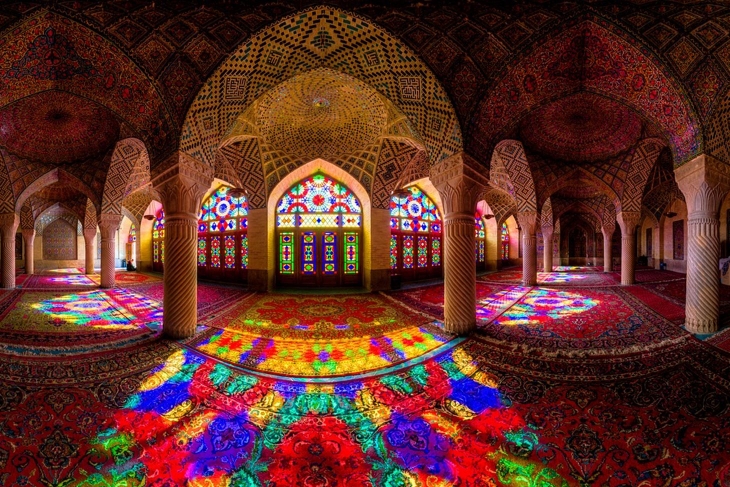 Photo Credit: lonelyplanet.com
Photo Credit: lonelyplanet.com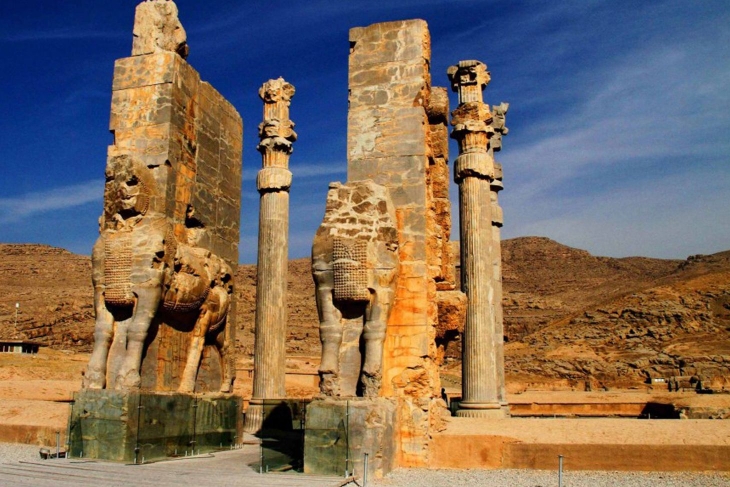 Photo Credit: irandoostan.com
Photo Credit: irandoostan.com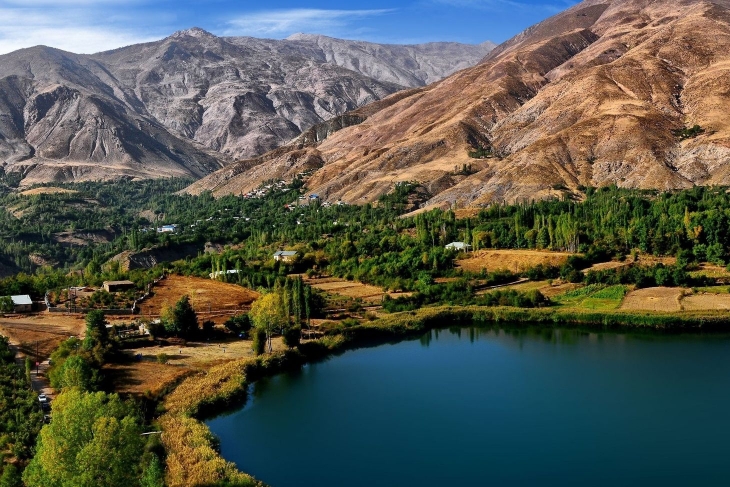 Photo Credit: irantravelingcenter.com
Photo Credit: irantravelingcenter.com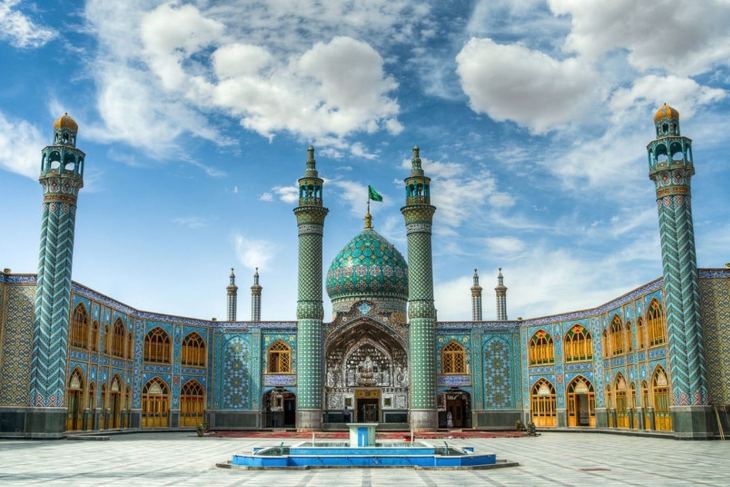 Photo Credit: amazingplacesonearth.com
Photo Credit: amazingplacesonearth.com
Iran formerly known as Persia, is situated at the crossroads of Central Asia, South Asia, and the Arab states of the Middle East.
The Islamic nation is one of the oldest in the world. Its first great city, Susa, was built on the central plateau around 3200 B.C.
In 559 B.C., the Persian Empire arose in southwestern Iran and conquered the Mesopotamians and Egyptians. The empire eventually extended from the Mediterranean Sea to what is now Pakistan, but it was conquered by the Greeks in 330 B.C.
Its strategic position and access to the Persian Gulf made it an important country throughout its history.
Iran has long maintained a distinct cultural identity within the Islamic world by retaining its own language and adhering to the Shia interpretation of Islam. The country’s long history of scholarship has created a rich culture of art, literature, poetry, music, cuisine and architecture. Its universities are among the most respected in the Middle East.
The modern capital, Tehran, is home to opulent Golestan Palace, seat of the Qajar Dynasty (1794–1925) and modern landmarks such as the 435 metres high Milad Tower, Eram Garden, Nasir ol Molk Mosque and the Arg of Tabriz to mention a few.
Domestic tourism in Iran is one of the largest in the world. In 2013, the number of foreign tourists in Iran reached 4.76 million, contributing more than $2 billion to the national economy.
According to a report published by the World Travel and Tourism Council in 2015, the size of Iran’s tourism industry is estimated to rise by 4.1% and create 1,913,000 jobs by 2025.
Iran is the second largest economy in the Middle East and North Africa (MENA) region after Saudi Arabia. A 2015 report by the World Bank estimated its GDP to be US$393.7 billion.
Its economy is characterised by the hydrocarbon sector, agriculture and services sectors, and a noticeable state presence in manufacturing and financial services. Iran ranks second in the world in natural gas reserves and fourth in proven crude oil reserves.
Iranian authorities have adopted a comprehensive strategy encompassing market-based reforms as reflected in the government’s 20-year vision document and the sixth five-year development plan for the 2016-2021 period.
The plan encompasses three pillars, namely the development of a resilient economy, progress in science and technology and the promotion of cultural excellence.
It envisages an annual economic growth rate of 8% and reforms of state-owned enterprises, the financial and banking sector, and the allocation and management of oil revenues among the main priorities of the government during the five-year period.



